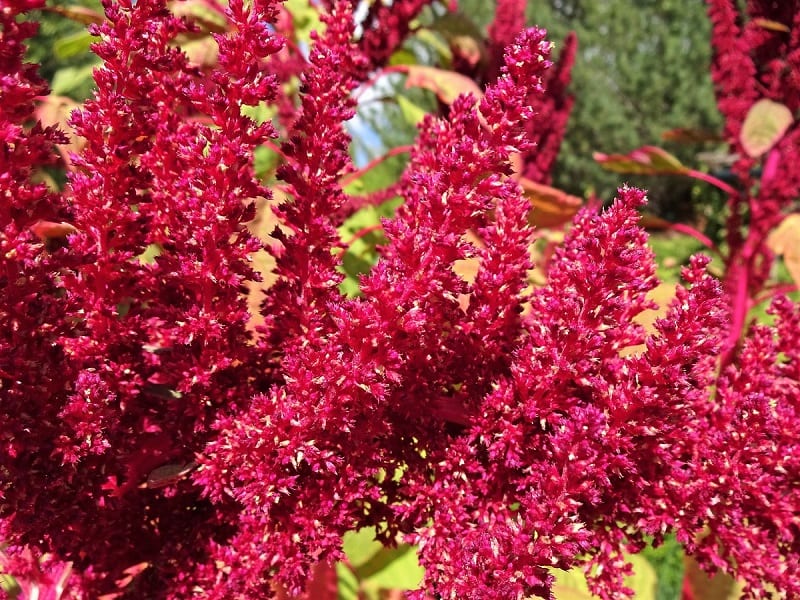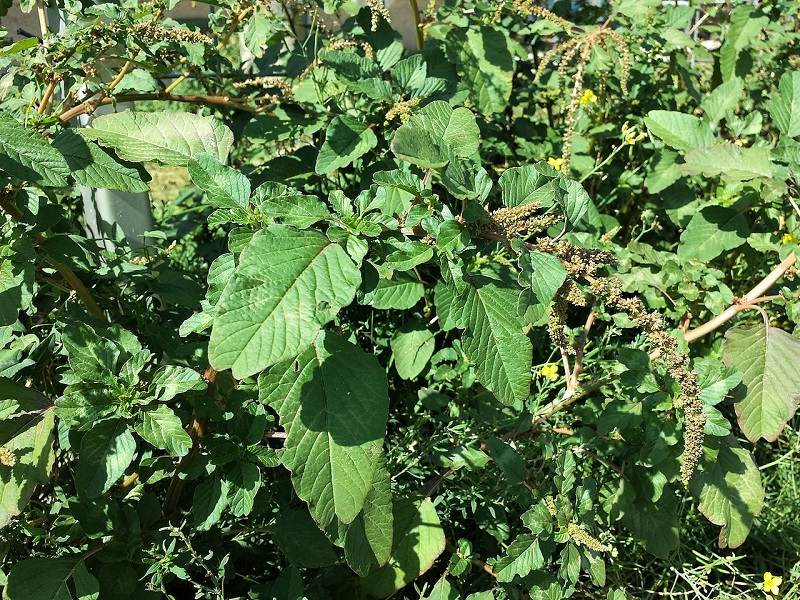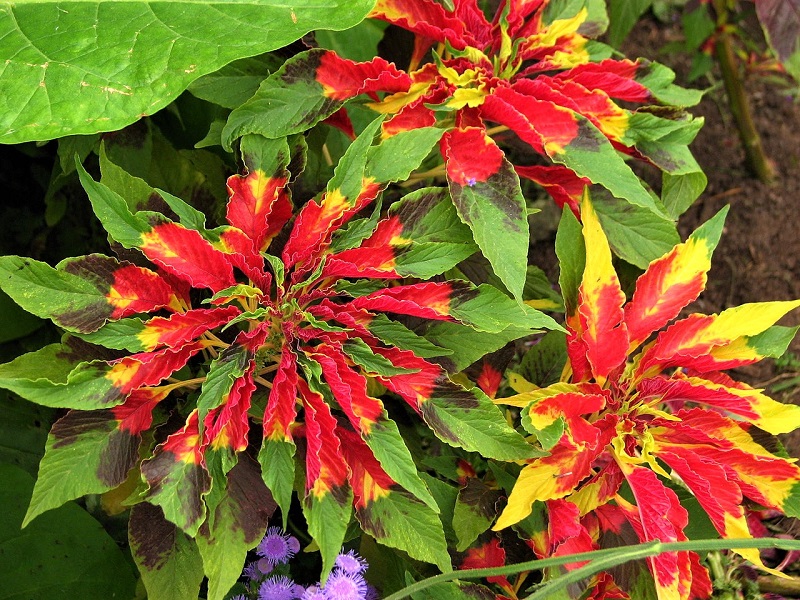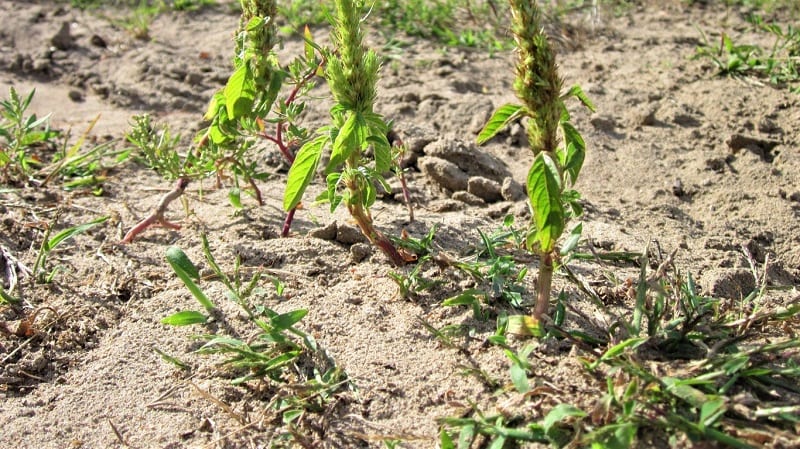These days, many homeowners grow certain varieties of amaranth strictly as a front lawn ornamental plant. If you are unfamiliar with this close cousin of the quinoa, then that should give you an idea as to its striking appearance.
In fact, amaranth was a staple in the kitchen gardens of the Aztecs. The plant enjoyed a moment of culinary popularity in the US in the 1970s when non-government organizations introduced it to homesteaders as an edible grain.
The plant became an ornamental garden fixture only after Americans abandoned their kitchen gardens for the supermarket produce section.

Growing Amaranth for Greens
Contents
In many parts of the world, however, amaranth is still primarily considered a grain crop because of its small, nutty-flavored seeds. But the plant’s productive potential extends beyond grains. This ancient herb is covered in nutritious foliage with a flavor similar to spinach.
Here is how to grow amaranth for greens in your backyard – or front lawn, for that matter.
Selecting the Right Seeds and the Right Time
Purchase seeds of a variety of amaranth bred specifically for greens production. These include Green Calaloo, with its lush, verdant foliage; and Burgundy, which produces gorgeous red shoots. You can grow Red Leaf Stripe for its red and green multicolored foliage; or Tricolor with red, burgundy, and green foliage.
Unlike other leafy green vegetables, amaranth flourishes in hot weather. The vegetable’s tiny seeds germinate best at soil temperatures of around 20°C, and so it is best to wait until mid-to-late spring to plant. The crop is also intolerant of frosts, so make sure to head out only after the danger of frost has passed.

(Photo: Stefan lefnaer/Wikimedia Commons)
Preparing the Site
Select a site that receives a minimum of six to eight hours of full sun a day. Being a native of Mexico and Central America, amaranth is drought-tolerant. But your crop will do better when planted in moist, well-draining soil.
Because you will be growing amaranth for its foliage, you will need more nitrogen in the soil than you would when growing it for grain. Enrich the soil with compost or aged manure. If you are so inclined, or if the condition of the soil warrants, you can also add a few small handfuls of bloodmeal or cottonseed meal to the planting area.

Growing Amaranth from Seed
The seeds of the amaranth are extremely small. Mix them with coarse-grained sand to ensure even distribution on the planting bed. Distribute the seeds sparingly across the surface of a finely tilled planting bed, then gently rake them in. You do not need to bother with rows or trenches. You will be harvesting the greens well before the plants reach maturity.
Water the planting bed evenly. Continue watering the plot every day, supplying the seeds with about an inch of water each week. The amaranth is robust and easygoing and will require little else in the way of maintenance and care. The seeds will sprout in seven to 14 days.

Harvesting Amaranth Greens
Regardless of the cultivar, you can harvest amaranth leaves at any point during the course of the plant’s growth. You can even harvest the tiny sprouts with their first pair of true leaves as micro-greens. The young shoots are deliciously tender. For greater production, however, allow the plants to reach 1 to 2 feet tall before harvesting.
To harvest young amaranth greens, cut off the entire plant a few inches above ground level. Often the plant will re-sprout and produce a second – and even third – crop of greens. Using this method, you can enjoy fresh amaranth greens all summer. If the plants grow faster than you can use the shoots, allow some to grow and flower.
Mature amaranth plants produce spectacular minarets of flowers. Depending on the variety, the plants can grow 5 to 6 feet tall. Allow a few plants to flower every year. They will drop seed and your amaranth crop will continue the following season.








